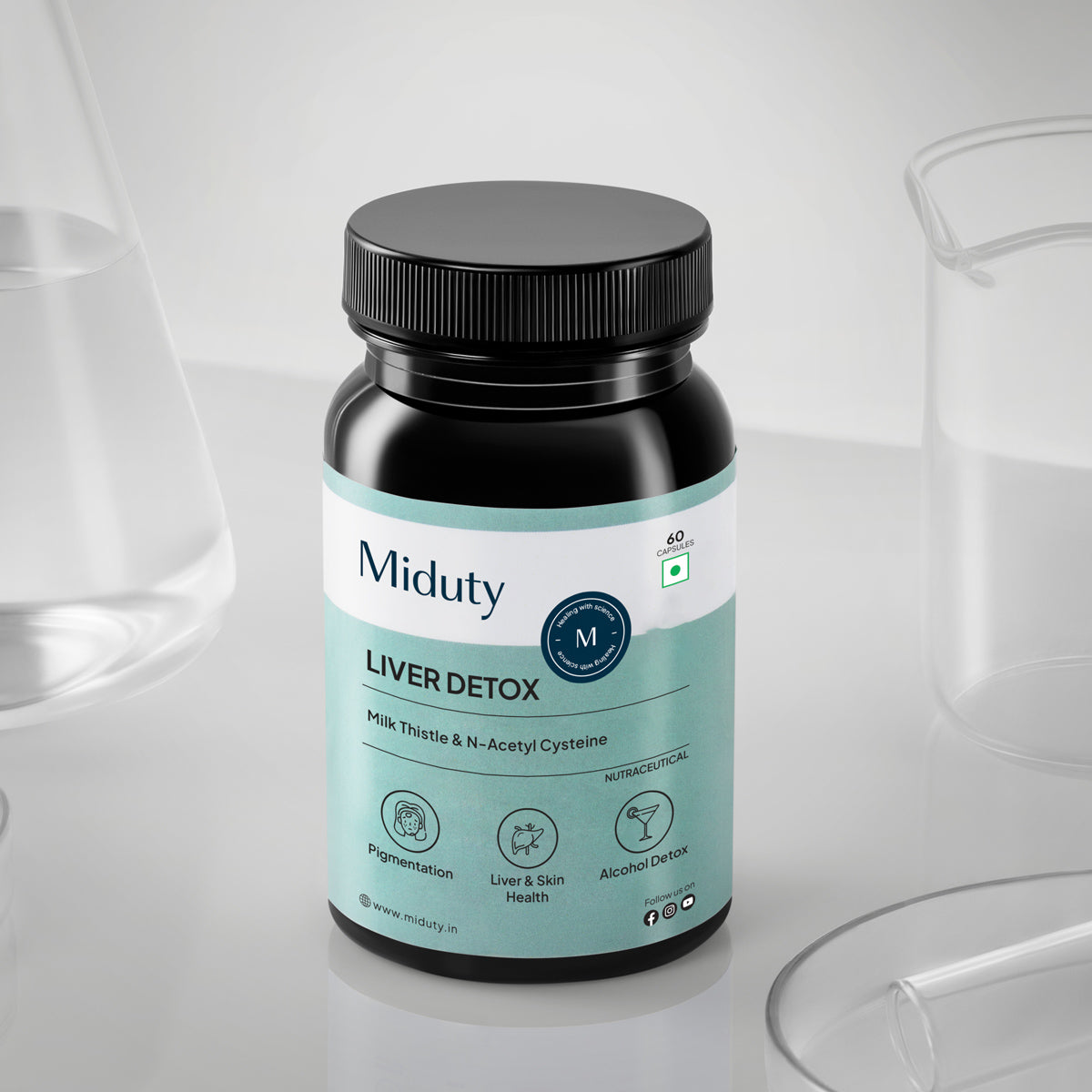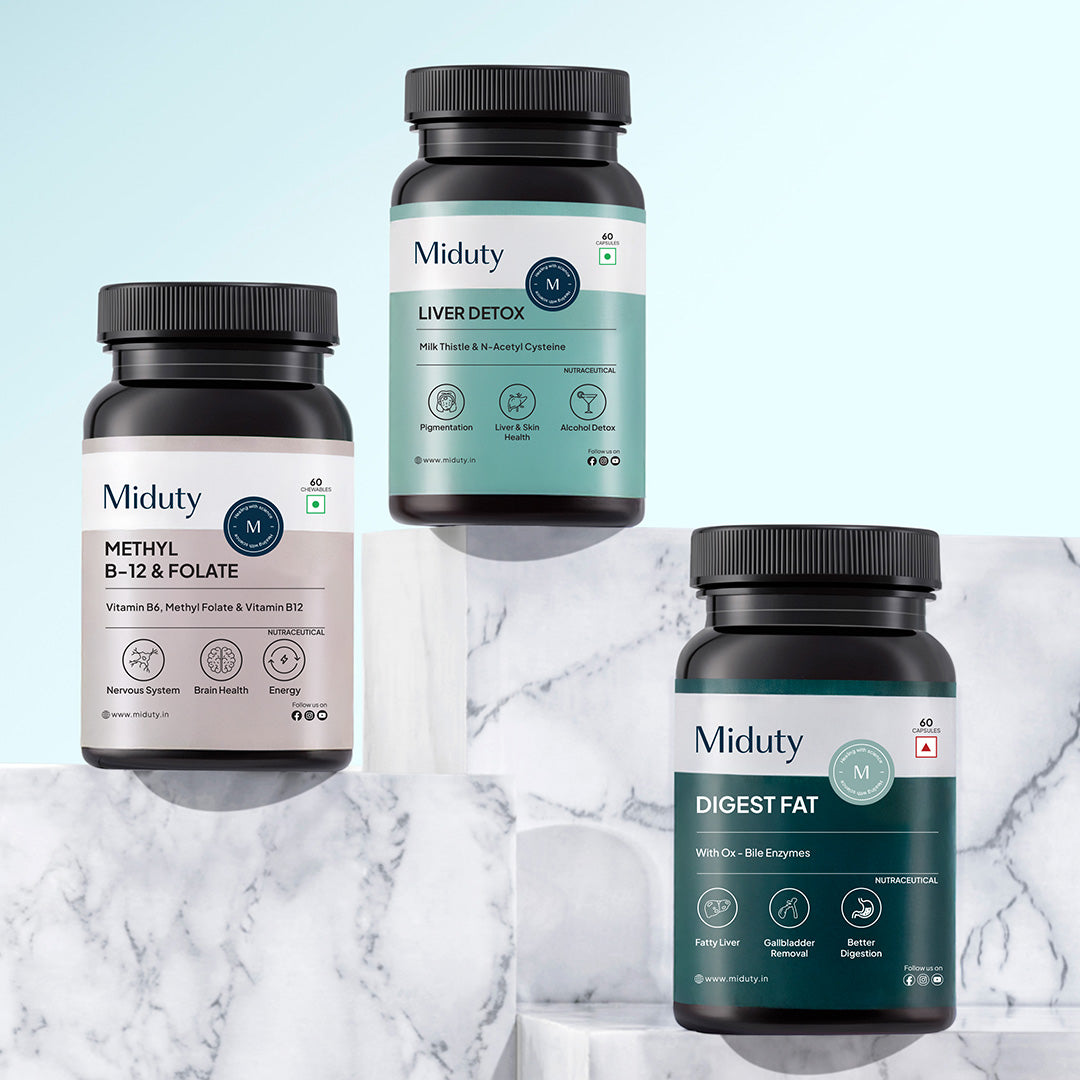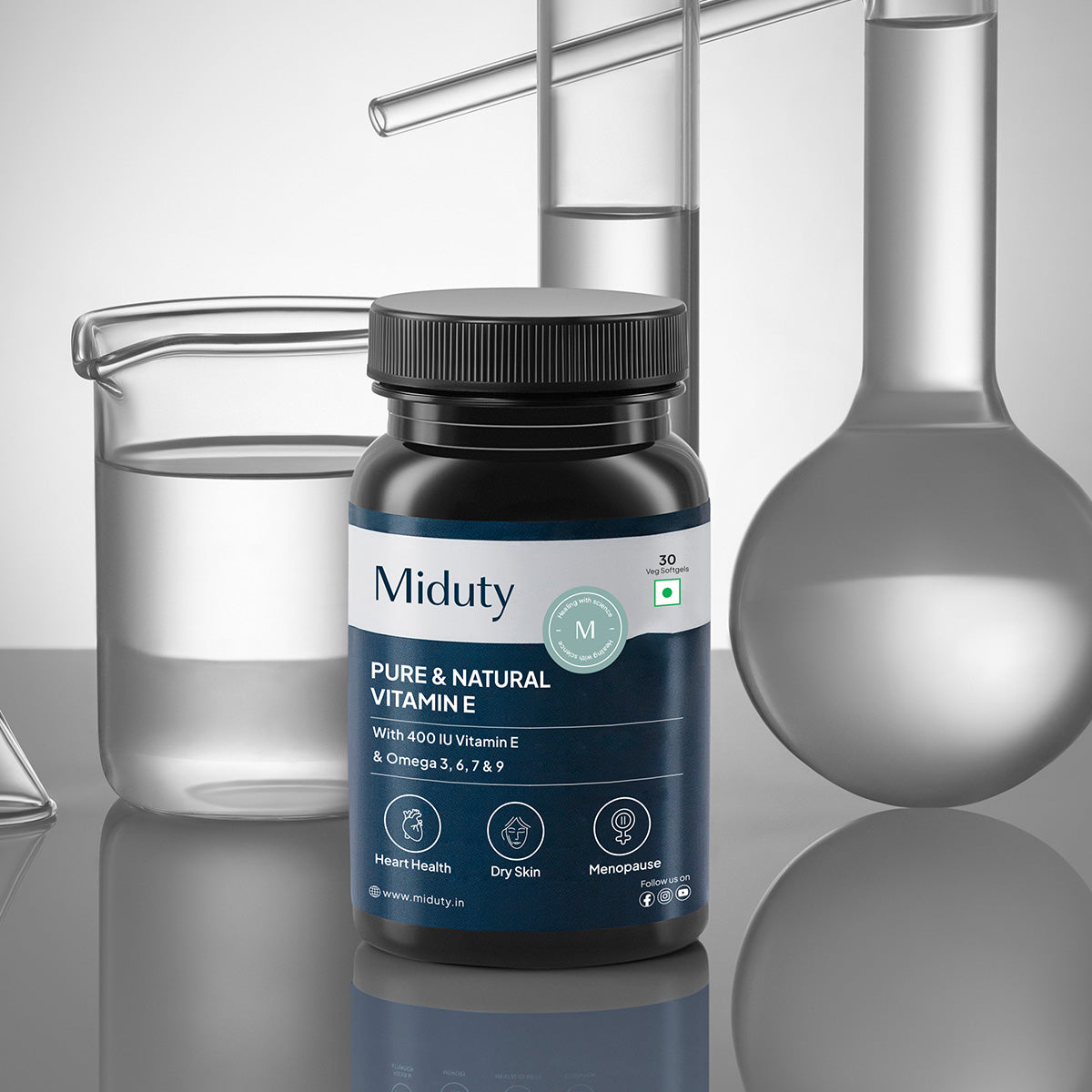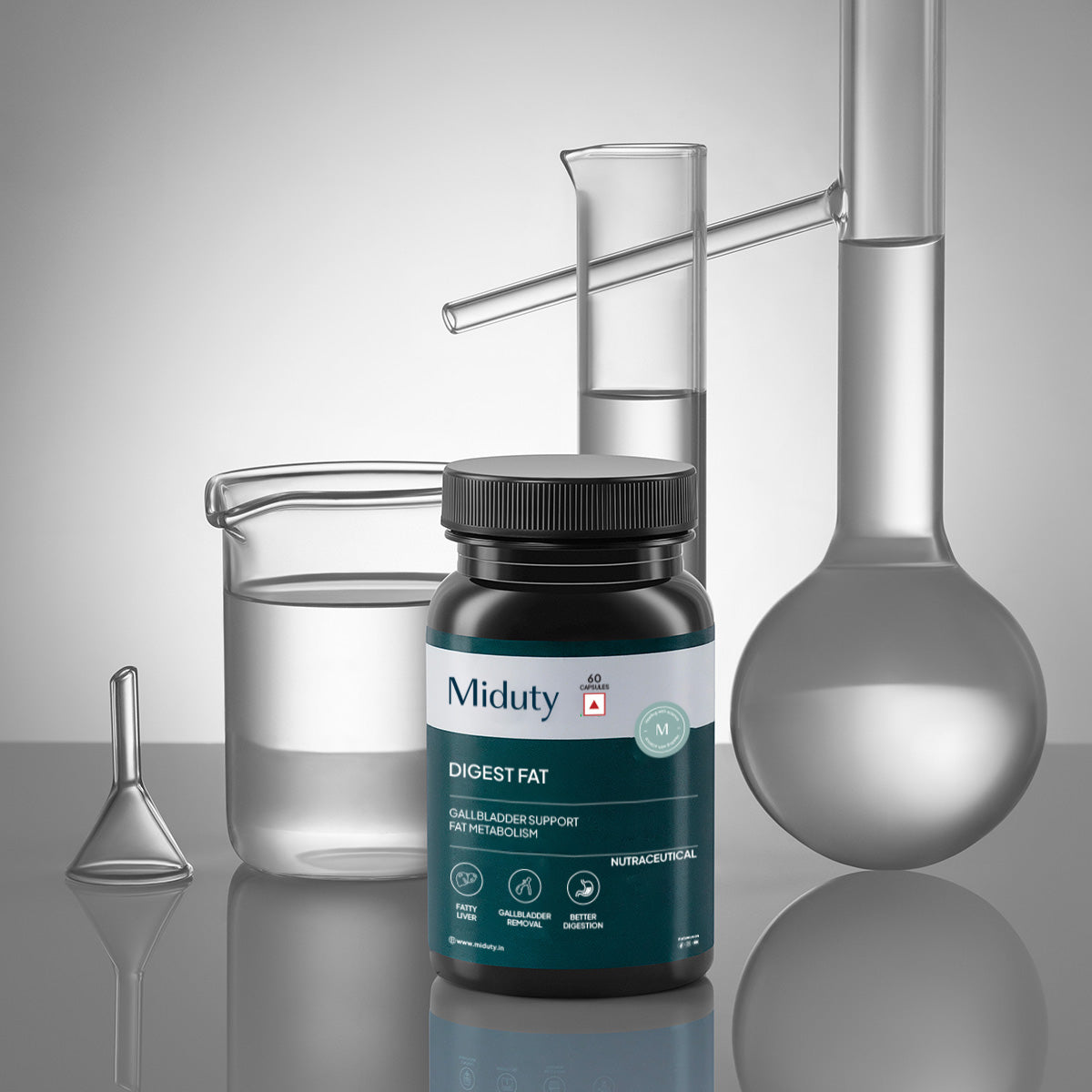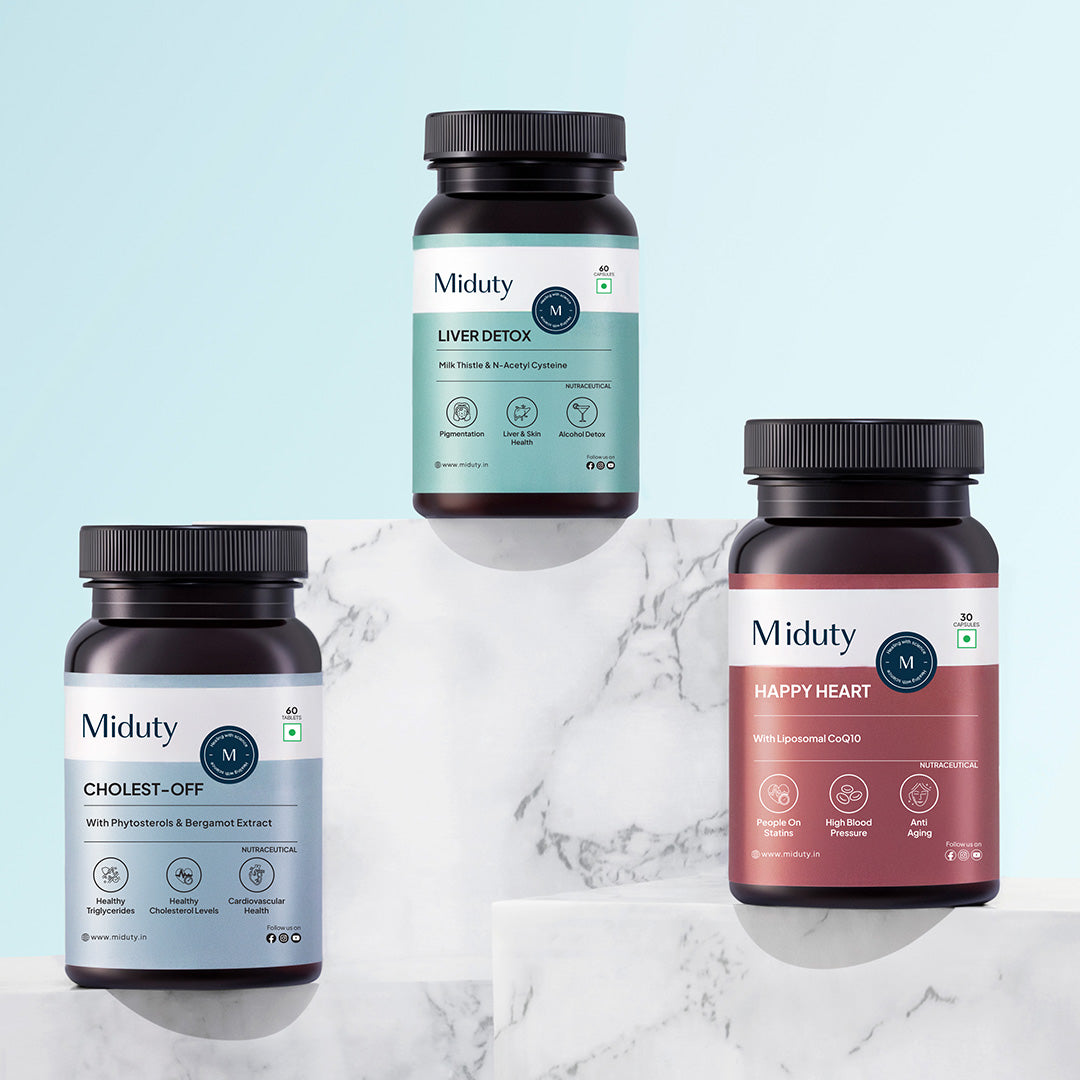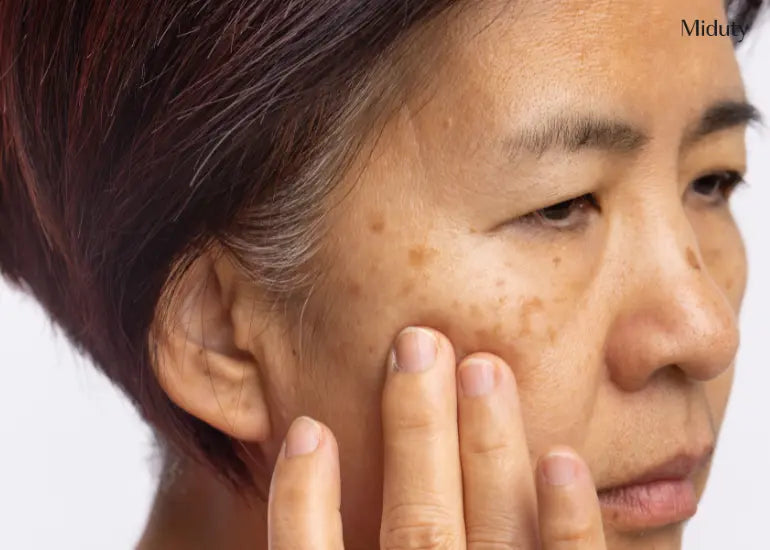
The Ultimate Expert Advice for Managing Grade 1 Fatty Liver
Key Takeaways
-
Prevalence and Impact: Grade 1 fatty liver is a widespread condition affecting around 32% of the Indian population. Often asymptomatic, it can go undetected until more severe liver damage occurs.
-
Understanding Grade 1 Fatty Liver: This early stage of fatty liver disease, also known as simple steatosis, involves a minor buildup of fat in liver cells (less than 33% of liver weight). It usually results from lifestyle factors such as poor diet and lack of exercise.
-
Risk Factors: Key contributors include high consumption of sugary and processed foods, obesity, diabetes, genetic predisposition, and moderate alcohol consumption.
-
Diagnosis: Grade 1 fatty liver is typically diagnosed through blood tests, imaging studies like ultrasound, and occasionally liver biopsy if needed.
-
Management and Treatment: Effective management includes dietary changes—limiting refined carbohydrates, incorporating healthy fats, and increasing fiber intake. Supplements like Milk Thistle and N-Acetylcysteine can support liver health and reduce inflammation.
- Lifestyle Adjustments: Emphasizing stress management, proper sleep, and maintaining a balanced diet can significantly improve liver health and aid in reversing Grade 1 fatty liver.
A recent study reveals that nearly 32% of Indian people are suffering from Grade 1 Fatty Liver. [6]
Consuming sugary snacks high in fructose and processed foods is one of the major causes of Grade 1 Fatty Liver.
Our liver has the ability to regenerate itself. Strategies like dietary changes (e.g., reducing refined carbohydrates, increasing fiber intake), regular exercise, and weight loss.
Supplements such as Milk Thistle and N-Acetylcysteine have shown to improve liver function, reduce inflammation and reverse Fatty Liver.
Did you know that fatty liver is one of the most alarming health issues which often goes undetected? The diagnosis often slips under the radar until your liver is already 50% compromised.
This condition isn't just another medical term it's a window into how your lifestyle choices impact one of your body's hardest-working organs.
It's more common than you think, quietly affecting liver health and potentially triggering unexpected symptoms like skin pigmentation and even thyroid issues. But here's the twist: most people don't realize these could be linked to their liver health.
By catching it early, you can take proactive steps to halt its advance and safeguard your liver health. In this blog, we'll explore essential insights that could change the trajectory of your liver health journey and help you reverse Grade 1 Fatty Liver.
What is Grade 1 Fatty Infiltration of the Liver?

Grade 1 fatty infiltration, also known as simple steatosis, is the earliest stage of fatty liver disease. It means that there's a small amount of fat buildup in your liver cells, typically affecting less than 33% of the liver's total weight. It often happens due to lifestyle factors like diet or lack of exercise.
Unlike more advanced stages, Grade 1 doesn't typically cause significant liver damage or severe symptoms. Prioritizing healthy habits and regular check-ups can help mitigate potential risks associated with Grade 1 Fatty Liver.
Is Grade 1 Fatty Liver & Mild Fatty Liver Same?
Grade 1 fatty liver and mild fatty liver essentially refer to the same condition. Both terms describe the initial stage of fatty liver disease, where there is a small amount of fat accumulation in the liver cells. The grading typically represents the severity of fat accumulation, with Grade 1 or mild fatty liver indicating the earliest and least severe form of the condition.
What are the Risk Factors for Grade 1 Fatty Liver?
Have you ever wondered about the risks of Grade 1 fatty liver? What does it mean for your health? Understanding the risk factors for Grade 1 fatty infiltration is crucial in managing and preventing the condition.
|
Risk Factors |
Description |
|
Lifestyle Factors |
A liking for sugary snacks and fast food coupled with a sedentary lifestyle greatly increases the risks of fatty liver. |
|
Health Conditions |
Conditions like obesity and diabetes can cause fatty liver infiltration. Being slightly overweight and having a family history of diabetes can be red flags that you need to address. |
|
Genetics |
Genetics can also play a part. While you can't change your genetics, knowing that you have a family history of liver conditions can help you understand why you need to be more vigilant. |
|
Alcohol Consumption |
Even regular, moderate drinking could contribute to fatty liver. Reducing alcohol consumption should be your priority. |
How is Grade 1 Fatty Liver Diagnosed?

Are you unsure about how doctors diagnose Grade 1 fatty liver? How do they know if there's excess fat in your liver? The path to diagnosis can often feel overwhelming, but it's a necessary step. Here are the diagnostic procedures you might undergo:
- Blood Tests: Your doctor may order liver function tests to check for elevated liver enzymes, which can indicate liver inflammation or damage.
- Imaging Studies: An ultrasound is often the first imaging test, revealing the fat deposits in your liver. Sometimes, doctors might recommend a CT scan or MRI for a more detailed view.
- Liver Biopsy: While rarely required for Grade 1, in some cases, a liver biopsy is performed to get a clearer picture of liver health. This is usually reserved for more advanced stages or if there's uncertainty in the diagnosis.
What are the Treatments and Management Tips for Grade 1 Fatty Liver?
If you're unsure about what to eat or how to manage your diet, don't worry-you're not alone. Once diagnosed, it's important to learn how to manage and potentially reverse your Grade 1 fatty infiltration. Here are effective strategies:
Watch What You Eat
Ever thought about what your liver thinks of your daily menu?
It turns out, what you eat plays a major role in its health.The most impactful change is altering your diet. Here's what you can do.
- Limit Carbohydrates: Reduce intake of refined carbohydrates such as pasta, pizzas, cakes, pastries. These foods spike blood sugar levels and contribute to inflammation and fat accumulation. [1]
- Incorporate Healthy Fats: Include sources of healthy fats such as avocados, nuts, seeds, and olive oil, which can support liver function and help reduce inflammation. [2]
- Probiotics: Adding probiotics through fermented foods like yogurt, kefir, and dosa can enhance gut health, supporting liver function by promoting better digestion and nutrient absorption. [3]
- Increase Protein Intake: Choose lean sources of protein like fish, chicken, and legumes to support liver health without overloading it with excessive protein metabolism.
- Hydrate with Water: Sip on water throughout the day, infuse your water with fruits and herbs for extra flavor, enjoy hydrating fruits like watermelon and oranges, and try herbal teas that boost your hydration.
Medical Treatments
While no specific medication is designed for a fatty liver, certain supplements like Milk Thistle and N-acetylcysteine and medications to manage cholesterol levels and insulin resistance may be recommended. Here's how these supplements can help.
- Milk Thistle: The active ingredient in milk thistle, silymarin, has antioxidant and anti-inflammatory properties that may help protect liver cells from damage caused by fatty deposits. [4] It is thought to promote the regeneration of liver cells and encourage the removal of toxins from the liver.
- N-acetylcysteine: N-acetylcysteine (NAC) is a supplement that may offer benefits for grade 1 fatty liver by supporting liver function through several mechanisms. NAC helps reduce inflammation and oxidative damage in the liver by boosting glutathione levels. [5] Glutathione is a powerful antioxidant that plays a crucial role in detoxification and protecting liver cells.
How Grade 1 Fatty Liver Impacts Quality of Life?
Living with Grade 1 fatty infiltration impacts daily life, but not always in a negative way. It encourages adopting healthier habits and becoming more conscious of your well-being. You can involve the following habits:
1. Stress Management: Reducing stress is vital for overall health. Techniques like meditation, deep breathing exercises, and mindfulness can help you stay calm and focused.
2. Importance of Sleep and Mental Well-being: Prioritizing good sleep hygiene improves energy levels and mental health. Aim for 7-8 hours of sleep each night. Establish a good sleep routine by minimizing screen time, dimming the lights and sleeping in a dark room.
Conclusion
Grade 1 Fatty Liver goes unnoticed until 50% of the liver is damaged. It is important to pay attention to the symptoms. Limiting refined carbohydrates and sugar and adding healthy fats like avocado, nuts, seeds, and olive oil helps.
Probiotics from fermented foods like yogurt, dosa and kefir can support gut health and can help reduce inflammation in the liver. Supplements like Milk Thistle (silymarin) and N-acetylcysteine helps in liver function and reduce inflammation and fat buildup in the liver.
Frequently Asked Questions (FAQs)
Q1 - How long does it take to reverse Grade 1 fatty liver?
The time it takes to reverse grade 1 fatty liver varies. With healthy lifestyle changes like diet and exercise, improvements can be seen within a few months to a year. Consult a healthcare professional for personalized guidance and monitoring.
Q2 - What are the top Superfoods for Liver?
Top superfoods for liver health are green veggies such as spinach, kale, and broccoli, healthy fats such as yogurt, nuts and seeds, desi ghee, olive oil.
Q3 - Can lifestyle changes reverse Grade 1 fatty liver?
Yes, lifestyle changes can significantly impact the management and reversal of Grade 1 fatty liver. Adopting a healthy diet, engaging in regular physical activity, losing weight, and reducing alcohol intake are key steps in improving liver health and reducing fat accumulation.
Q4 - Is Grade 1 fatty liver serious?
Grade 1 fatty liver is the earliest stage of fatty liver disease and is generally not considered immediately harmful. However, if left unmanaged, it can progress to more severe stages, leading to inflammation, scarring, and potential liver damage. Early intervention is crucial to prevent these complications.
References


